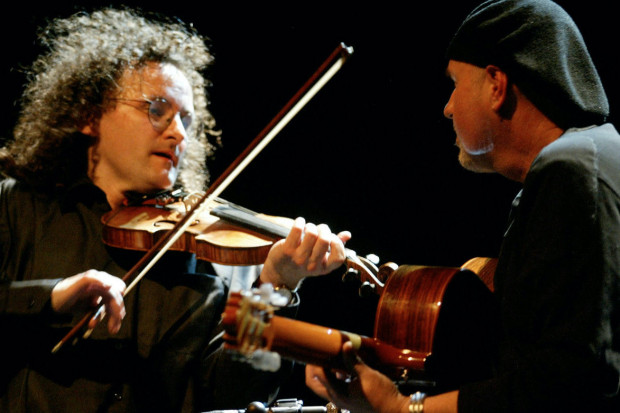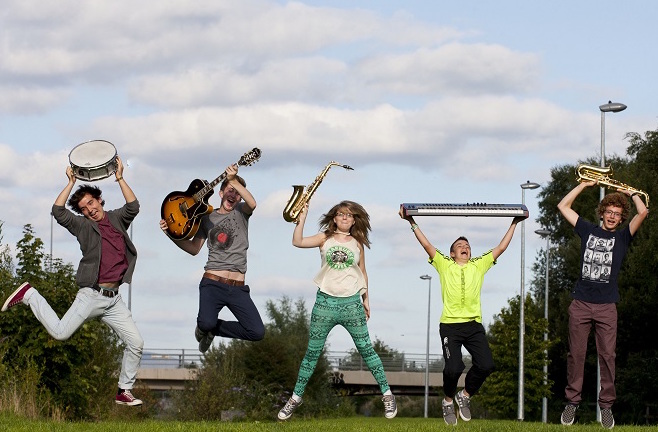
Young jazz musicians in Limerick.
Power in Numbers: Ways Forward for Musical Communities
The stage rose up from the basement of Radio City Music Hall and I averted my eyes from the deep dark chasm beneath. We could hear the applause but could see nothing but blackness. Starched white dresses were smoothed out and someone whispered ‘smile’ with urgency. We hastily adjusted the green ribbons in our hair before reaching stage level. Familiar piano notes came with relief to our ears as we opened our mouths to sing. I was six and a member of Frank Patterson’s ‘Little Gaelic Singers’ in New York City. We were a community and I belonged to it. I have come to realise that this was my first experience of making music with others – my first musical community.
Anyone who participates in music groups will know the qualities of such experiences. They are opportunities to interact with others through artistic expression, to create, to share, to identify with, to learn, even to transform. Whether it is a band, orchestra, grúpa cheoil, session, ensemble or choir, the isolated sounds of one’s practice room gives way to a sound much greater than can be achieved alone.
Across towns and villages
Such experiences are much more prevalent than we are generally aware. These community sounds can be heard up and down the country, across every town, village and city. And beyond these structured music-making opportunities, many more people gain the experience of being a part of a collective sound through everyday musical opportunities, albeit momentarily. But do we appreciate these as being examples of musical involvement?
This ‘power in numbers’ can be witnessed, for example, in seconds around birthday cakes, or in football matches and anthems without commitment, resources or rehearsal. So many who make music in this communal way only do so in these fleeting celebratory moments. Yet, the power in coming together to make music with others is great. With a few opening chords in a grand stadium, one has only to view the hardest of sporting giants reduced to tears to appreciate this. The challenge therefore is how to make such moments lasting in order to foster lifelong musical participation.
Developing musical communities
In an increasingly disconnected, individualistic and often fractured society, musical communities can offer a rich model for both musical and social engagement within contemporary life. Such ‘communities of musical practice’ can do much to unite (with of course also the potential to divide, as with any community). Sustaining and developing musical communities however requires both political will and economic freedom. While funding virtuosic performers and composers is a must, greater funding is needed to resource the plethora of music groups which often form the backbone of communities. These groups typically involve a broad and diverse range of ages, nationalities, religions, needs and social class. Even to the most hardened neoliberal, this surely attests to a high return on investment.
Through recent research in which I explored how, why and where musical learning takes place within communities, I am more convinced than ever that members invariably hold a desire to make music with others but also to belong to a community.
The power of the collective
The Limerick Jazz Workshop, for example, organised by the Limerick Jazz Society, is an interesting group to observe in this regard. This community is an adult ensemble-based teaching and performing initiative where several ensembles are led by tutors over 12-week blocks. These periods are crucially followed by performances in local venues, extending to learning ‘on the bandstand’. The age range is quite remarkable, including members in their early 20s to others in their late 70s. They have tapped into something special here to promote lifelong and intergenerational musical engagement. The workshop also boasts a wide array of nationalities, where many immigrants experience their first meaningful encounter with the ‘locals’. Diversity is clearly key to this community’s viability.
What can we learn from such a music group? The approach taken to teaching and learning music within the Limerick Jazz Workshop harnesses the power of the collective. Members learn through the group. As such, they learn through social interaction and musical participation within their ensembles – both in workshops and on stage. The group atmosphere is relaxed and casual, musical practice is interspersed with regular jazz stories, anecdotes and jokes. Through this ‘jazz lore’ members can ‘belong’ to a community that shares similar values and traditions of jazz music. They essentially learn through participation, where music is part of the social fabric and identity of this group.
The important point about musical communities and participation is that it goes beyond our normal expectations about what is a ‘musical experience’. The wider population generally think of music as ‘concerts’ and ‘lessons’, but the satisfaction of being involved in a musical community transcends this.
‘We all work together to make something great’
One major challenge for musical participation within any community, however, is how to retain its membership. Motivations to join a musical group – but more importantly stay within a group – often comes from a need to balance the musical with the social, challenge with fun, and individual contributions with collective strengths. For instance, members of the County Limerick Youth Choir claim that ‘everyone must do their job’ and ‘we all work together to make something great’. This well-established choral community understand and live-out group responsibility within their teenage years. Motivations to join and remain in this choir are multi-faceted and stem from the good reputation of the choir, a love of singing, the draw of social interaction, links with the choral director, and the high level of challenge involved. It is worth noting that this choir enjoys a 30% male membership within an age range of 16–26 years. Disbelieving choral directors and singers cannot but wonder, what is their secret?
These musical communities can offer spaces for deep engagement with collective music-making – where the music made becomes inseparable from the people who make it. As with the jazz workshop and choir, learning music in this way occurs as a result of group participation as much as it does from solitary practice. The Irish musical landscape is dotted with such vibrant communities, but questions around sustainability and development abound.
How do they retain membership and attract new members? Who leads such groups? What supports are required? Are they inclusive? Where are such groups needed most? The answers are complex as such communities cannot be decreed; rather each must develop their own distinct local practices and sounds. Despite this, there is much that can be done by music educators, policymakers, musicians and arts administrators to facilitate, foster and enable such musical communities. Such groups should seek a balance between social and musical interactions where both learning and participation are valued. The reason is simple – making music with others, as part of ‘communities of musical practice’, can have a powerful lasting impact on individuals and communities.
Members of musical communities consistently demonstrate a love and commitment for group music-making that informs a large part of their identity, cultural and social life. We need to expand our view of musical participation and learning to take account of these multiple and overlapping musical groups that occur in local communities and across society, seeking ways to champion their development into the future. Surely the purpose of any music policy or practice should aspire to build and bolster such rich musical worlds?
Dr Ailbhe Kenny is Lecturer in Music Education at Mary Immaculate College. Her book, Communities of Musical Practice, is recently published by Routledge. For more, visit https://goo.gl/DBEVqk
Published on 18 October 2016












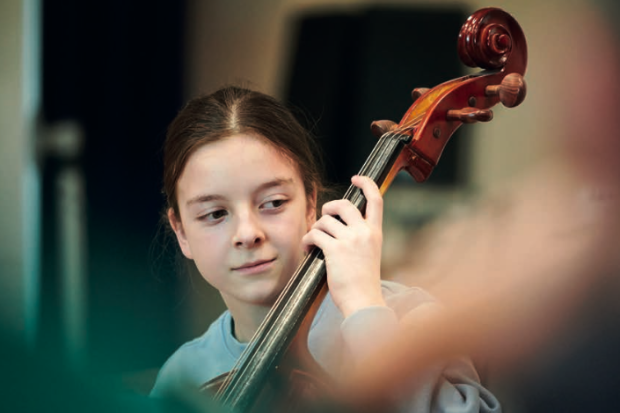
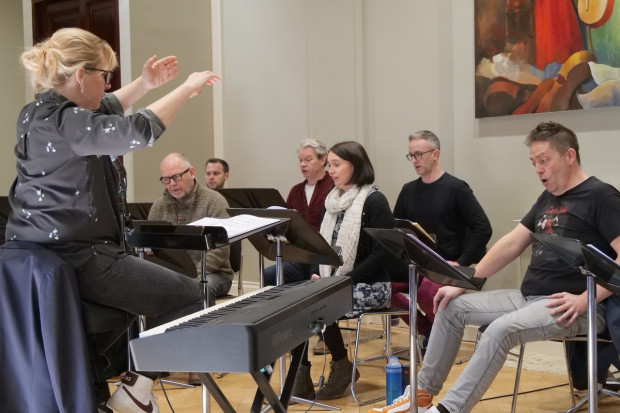
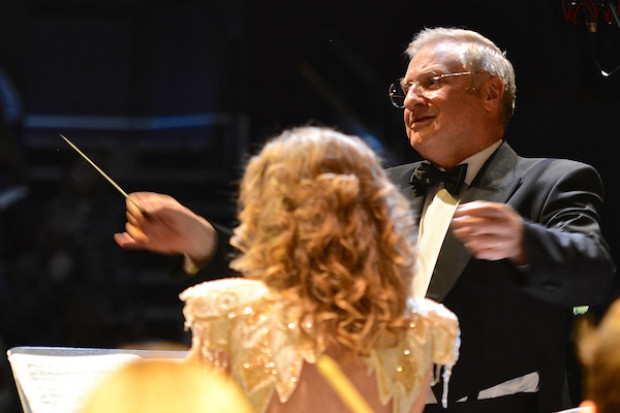
!['Irish history... [is] so apt for what's happening now': An Interview with Lauren Kinsella 'Irish history... [is] so apt for what's happening now': An Interview with Lauren Kinsella](https://www.journalofmusic.com/sites/default/files/styles/620x413/public/images/content/lk4_900_lo.jpg?itok=n67ugj7i)
